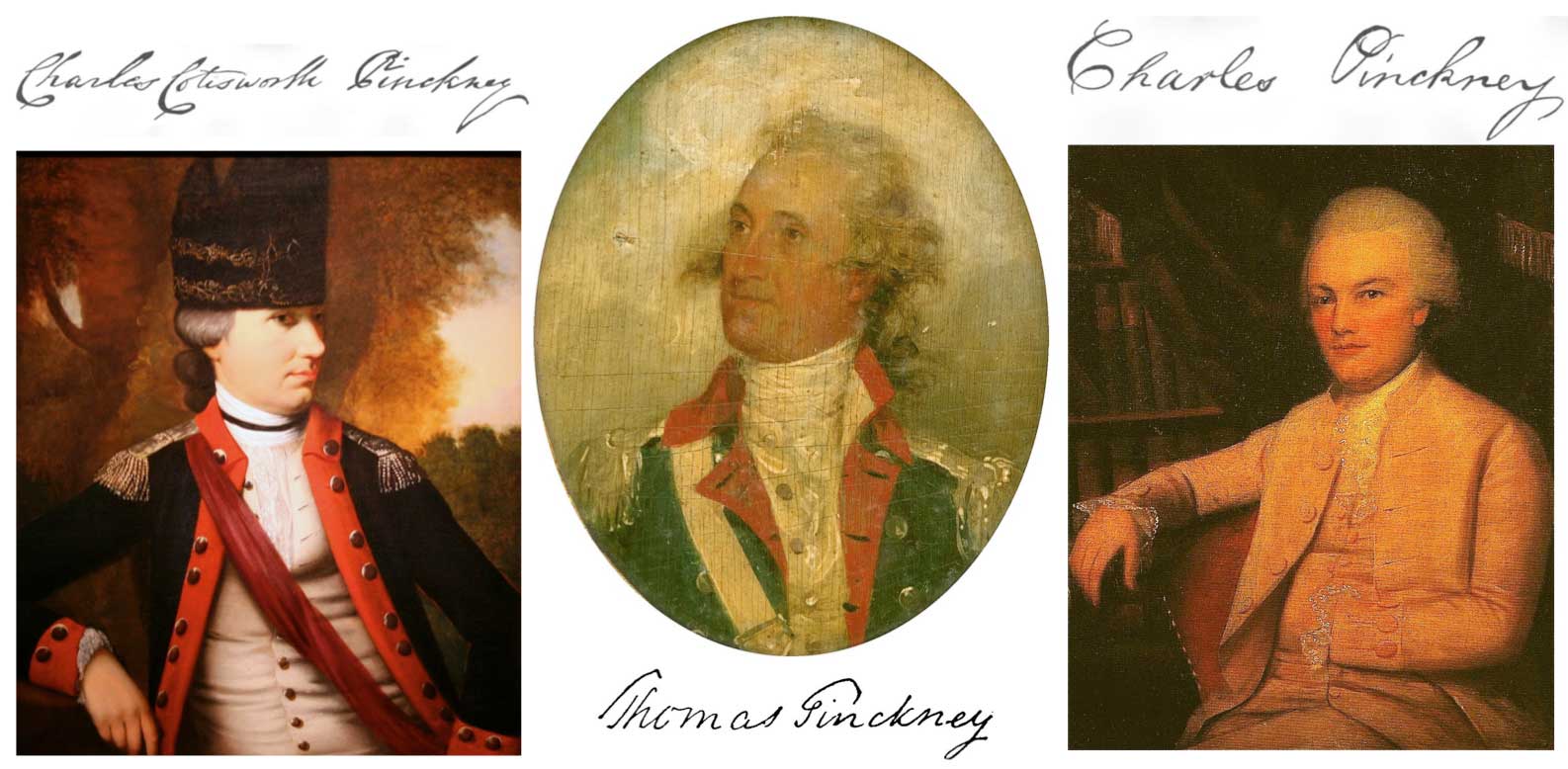The Papers of the Revolutionary Era Pinckney Statesmen Digital Edition focuses on the three members of the Pinckney family who participated as military, political, diplomatic, and economic leaders in South Carolina and the nation during and after the American Revolution: brothers Charles Cotesworth Pinckney (1746–1825) and Thomas Pinckney (1750–1828) and their cousin Charles Pinckney (1757–1824). The project, which we anticipate completing in seven years, is designed as a born-digital publication of approximately 3,000 documents, selected from among a larger corpus of: personal papers; state government records; national political, military, and diplomatic records; and organizational records. We will identify, collect, transcribe, verify, annotate, and publish in a selective digital scholarly edition the personal and public papers of these three men within the time period 1769 to 1828. The edition will be published by Rotunda, the digital imprint of the University of Virginia Press, in its “American Founding Era Collection” between 2016 and 2020. It will contain transcriptions, not facsimiles. It will include incoming and outgoing correspondence as well as significant writings by or to their immediate families.
The Pinckneys represent one of the most important families of the founding period. No other founding family contributed three such significant leaders, active in so many different areas of nation-building. All served as officers in the American Revolution, as state and national political leaders in the creation of an independent United States, as key figures in the post-independence emergence of the first political party system in the South, and as diplomats in important posts (London, Paris, and Madrid) in the development of early national foreign relations. All owned and managed extensive plantations and pursued agricultural innovation on those lands. They defended the system of southern coastal rice plantation slavery and left records of the management of their enslaved labor force, records which illuminate the lives of the enslaved as well as those of the slave owners.
The Pinckney Statesmen married women with ties to other rich and influential southern merchant and plantation families. Charles Cotesworth Pinckney’s first wife Sarah Middleton died young, but he remained closely connected to her economically and politically important family even after his 1786 marriage to Mary Stead, the daughter of a wealthy Georgia merchant and planter. Thomas Pinckney married first Elizabeth Motte and after her death in 1794, her widowed younger sister Frances Motte Middleton. Charles Pinckney married Mary Eleanor Laurens, the daughter of Henry Laurens, a leading South Carolina merchant and statesman. The correspondence of these women, describing their family relations and plantation happenings as well as their experiences while accompanying their husbands on government and diplomatic business, offers an underappreciated perspective and comprises a critical part of this edition.
Charles Cotesworth Pinckney, by Henry Benbridge, ca. 1773. Courtesy of the National Portrait Gallery,
Smithsonian Institution. (left)
New York State Office of Parks, Recreation and Historic Preservation. (right)
